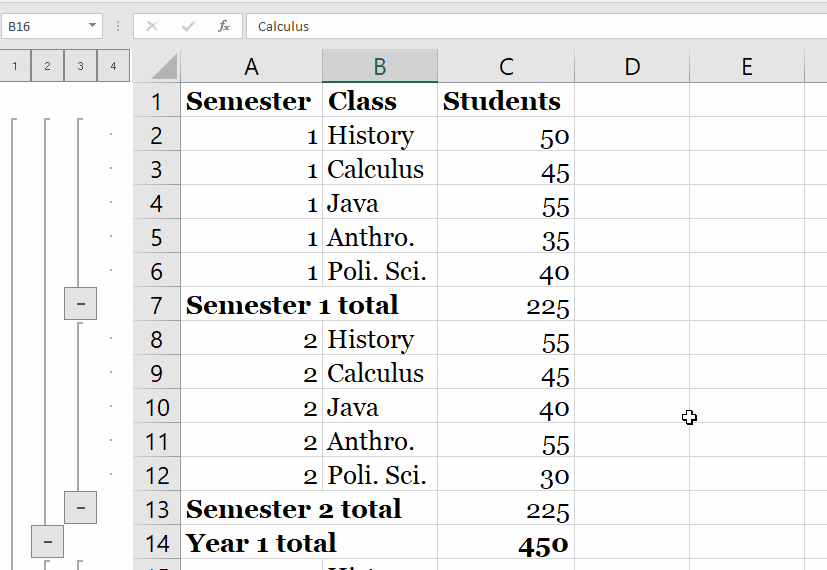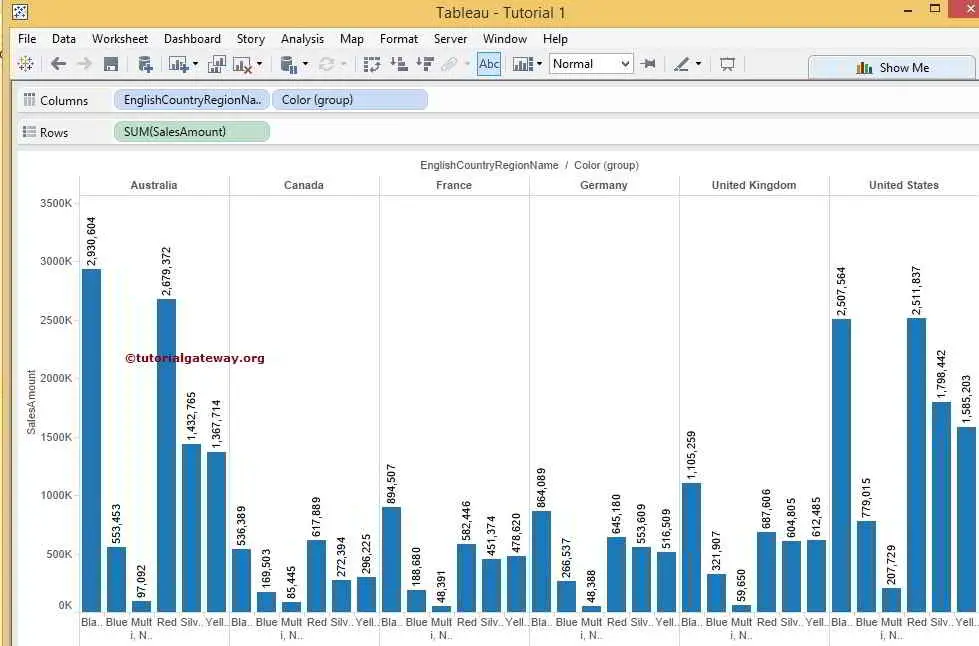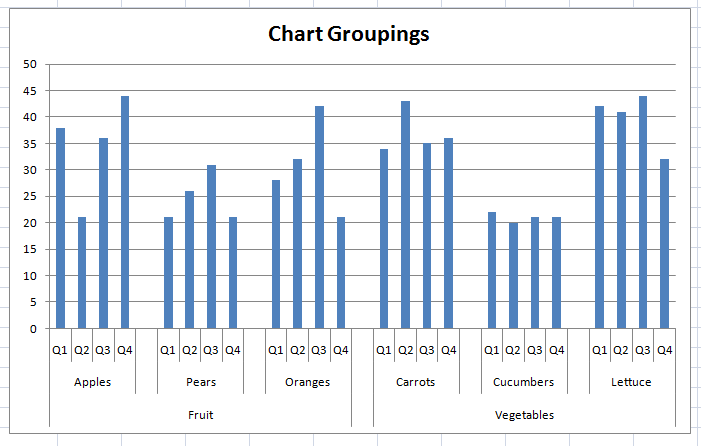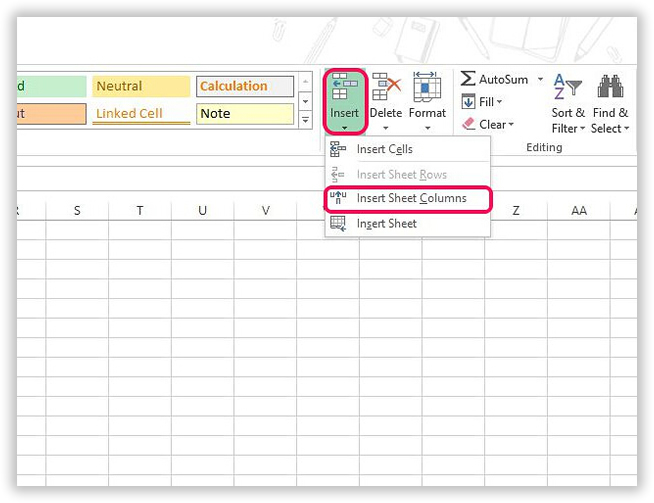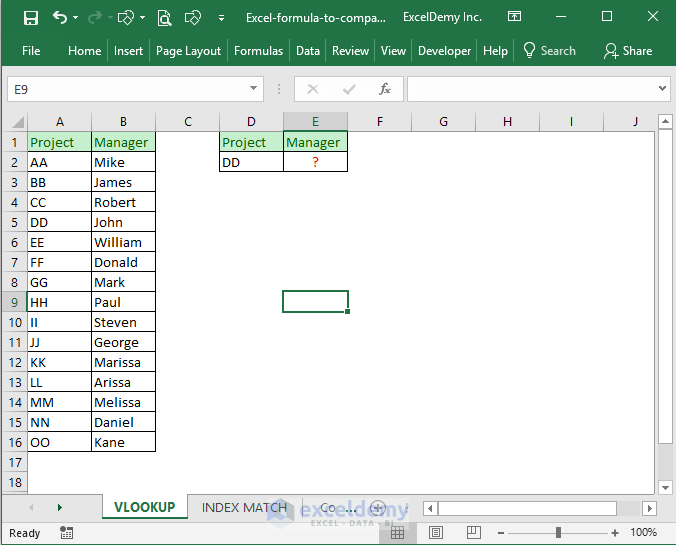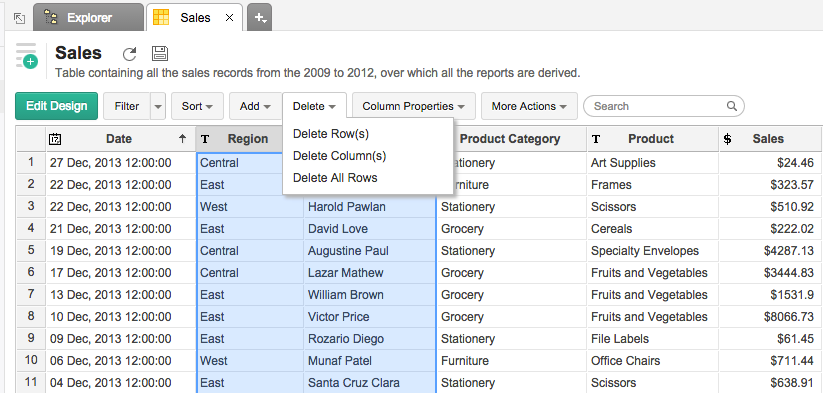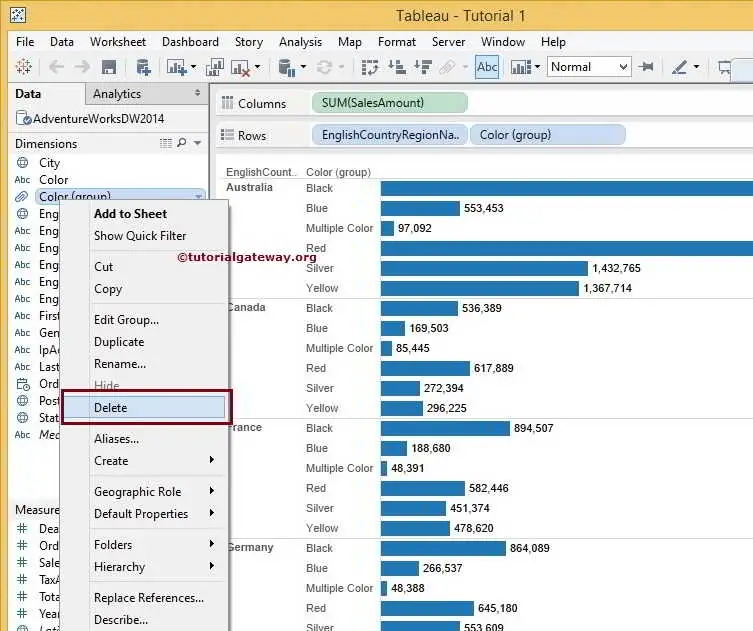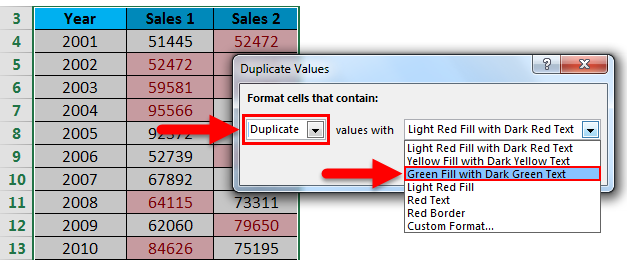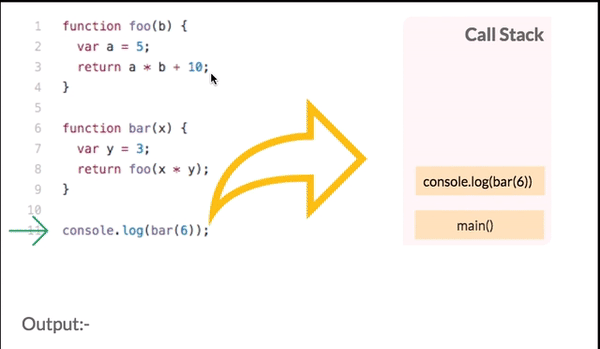We can group the resultset in SQL on multiple column values. All the column values defined as grouping criteria should match with other records column values to group them to a single record. Let us use the aggregate functions in the group by clause with multiple columns. This means given for the expert named Payal, two different records will be retrieved as there are two different values for session count in the table educba_learning that are 750 and 950.
Grouping on multiple columns is most often used for generating queries for reports, dashboarding, etc. Group by is done for clubbing together the records that have the same values for the criteria that are defined for grouping. When a single column is considered for grouping then the records containing the same value for that column on which criteria are defined are grouped into a single record for the resultset. However, MySQL enables users to group data not only with a singular column for consideration but also with multiple columns. We will explore this technique in the latter section of this tutorial. SQL GROUP BY multiple columns This clause will group all employees with the same values in both department_id and job_id columns in one group.
The following statement groups rows with the same values in both department_id and job_id columns in the same group then returns the rows for each of these groups. Sometimes we may require to add group by with multiple columns, if we have mysql query then we can do it easily by using sql query. But if you want to give multiple columns in groupBy() of Laravel Query Builder then you can give by comma separated values as bellow example. Often you may want to group and aggregate by multiple columns of a pandas DataFrame.
Fortunately this is easy to do using the pandas.groupby()and.agg()functions. To be perfectly honest, whenever I have to use Group By in a query, I'm tempted to return back to raw SQL. I find the SQL syntax terser, and more readable than the LINQ syntax with having to explicitly define the groupings. In an example like those above, it's not too bad keeping everything in the query straight. However, once I start to add in more complex features, like table joins, ordering, a bunch of conditionals, and maybe even a few other things, I typically find SQL easier to reason about. Once I get to the point where I'm using LINQ to group by multiple columns, my instinct is to back out of LINQ altogether.
However, I recognize that this is just my personal opinion. If you're struggling with grouping by multiple columns, just remember that you need to group by an anonymous object. We can observe that for the expert named Payal two records are fetched with session count as 1500 and 950 respectively.
Similar work applies to other experts and records too. Note that the aggregate functions are used mostly for numeric valued columns when group by clause is used. In the Columns View, you can select multiple columns and choose an operation from the Actions menu to apply to the selected columns. This creates a new step in the Script, and is essentially a shortcut to manually re-creating the steps individually.
It is especially useful for processors that cannot be extended to multiple columns in the step editor. The GROUP BY clause divides the rows returned from the SELECTstatement into groups. For each group, you can apply an aggregate function e.g.,SUM() to calculate the sum of items or COUNT()to get the number of items in the groups. You can use the GROUP BYclause without applying an aggregate function.
The following query gets data from the payment table and groups the result by customer id. Criteriacolumn1 , criteriacolumn2,…,criteriacolumnj – These are the columns that will be considered as the criteria to create the groups in the MYSQL query. There can be single or multiple column names on which the criteria need to be applied. We can even mention expressions as the grouping criteria. SQL does not allow using the alias as the grouping criteria in the GROUP BY clause.
Note that multiple criteria of grouping should be mentioned in a comma-separated format. Aggregate_function – These are the aggregate functions defined on the columns of target_table that needs to be retrieved from the SELECT query. To add multiple columns to a table, you must execute multiple ALTER TABLE ADD COLUMN statements.
You can use the ALTER TABLE statement in SQL Server to add multiple columns to a table. In this tutorial, you have learned you how to use the PostgreSQL GROUP BY clause to divide rows into groups and apply an aggregate function to each group. In this example, the GROUP BY clause divides the rows in the payment table by the values in the customer_id and staff_id columns. For each group of , the SUM() calculates the total amount. What if you like to group by multiple columns with several aggregation functions and would like to have - named aggregations.
When I was first learning MVC, I was coming from a background where I used raw SQL queries exclusively in my work flow. One of the particularly difficult stumbling blocks I had in translating the SQL in my head to LINQ was the Group By statement. What I'd like to do now is to share what I've learned about Group By , especially using LINQ to Group By multiple columns, which seems to give some people a lot of trouble. We'll walk through what LINQ is, and follow up with multiple examples of how to use Group By. If you've used ASP.NET MVC for any amount of time, you've already encountered LINQ in the form of Entity Framework. EF uses LINQ syntax when you send queries to the database.
While most of the basic database calls in Entity Framework are straightforward, there are some parts of LINQ syntax that are more confusing, like LINQ Group By multiple columns. In this tutorial, we have shown you how to use the GROUP BY clause to summarize rows into groups and apply the aggregate function to each group. Google Sheets has been adding new features on an ongoing basis, and in 2018, it added the functionality to allow users to group rows and columns in Google Sheets .
When you finish using the groups to better view your data, you can easily ungroup the rows or columns. This method will create a new dataframe with new column added to the old dataframe. We can use a Python dictionary to add a new column in pandas DataFrame. Use an existing column as the key values and their respective values will be the values for new column. Yes, it is possible to use MySQL GROUP BY clause with multiple columns just as we can use MySQL DISTINCT clause. Consider the following example in which we have used DISTINCT clause in first query and GROUP BY clause in the second query, on 'fname' and 'Lname' columns of the table named 'testing'.
First, select the columns that you want to group e.g., column1 and column2, and column that you want to apply an aggregate function . To ungroup data, select the grouped rows or columns, then click the Ungroup command. Here we are going to get the summary of one variable by grouping it with one or more variables. We have to use the + operator to group multiple columns. Here we are going to use the aggregate function to get the summary statistics for one or more variables in a data frame. If you select the whole table, Excel will ask you whether you want to ungroup rows or columns.
As we can see, the output groups both the columns stu_firstName and stu_lastName. Similarly, we can group multiple columns in MySQL. Therefore, the GROUP BY statement can be used efficiently with one or multiple columns with the methods mentioned above.
The GROUP BY clause is an optional clause of the SELECT statement that combines rows into groups based on matching values in specified columns. When you create a lot of grouped rows or columns, it is going to take you a lot of time to expand all or collapse all. If you use Microsoft Excel in addition to Google Sheets, you can do something similar.
You can group rows and columns to create a handy automatic outline for your data. If you set up multiple groups of rows or columns in your sheet, you don't have to click the individual plus and minus signs to expand or collapse each one. Select the rows or columns that you want to group. Then, right-click and choose the Group option for the rows or columns you selected.
It is also possible to process multiple columns using a Python function. This is especially useful for processors that cannot be extended to multiple columns within the step editor. Another way to apply a step to multiple columns is through the step editor. Many processors have several modes for specifying the column. In many cases when preparing data, you may want to apply the same operation to multiple columns.
In this example, we'll select columns A, B, and C. The GROUP BY clause divides the rows in the payment into groups and groups them by value in the staff_id column. For each group, it returns the number of rows by using the COUNT() function.
For example, to select the total amount that each customer has been paid, you use the GROUP BY clause to divide the rows in the payment table into groups grouped by customer id. For each group, you calculate the total amounts using the SUM() function. The statement clause divides the rows by the values of the columns specified in the GROUP BY clause and calculates a value for each group. In our example, we'll select level 2, which contains each subtotal row but hides all other data from the worksheet. In this example, we'll select columns A, B, and C.
It is also possible to group the data by multiple columns programmatically by using the GroupDescriptors collection of RadGridView. To learn more about it take a look at the Programmatic Grouping topic. As I mentioned in reply to haeso's comment on the first video, there is method of joining rows or columns together called 'grouping'. It can be very useful when you want to have different ways of displaying data, or be able to collapse certain areas . Before we use Group By with multiple columns, let's start with something simpler. Let's say that we just want to group by the names of the Categories, so that we can get a list of them.
The MySQL GROUP BY command is a technique by which we can club records together with identical values based on particular criteria defined for the purpose of grouping. When we try to group data considering only a single column, all the records that possess the same values on which the criteria is defined are coupled together in a single output. The following statement groups rows with the same values in both department_id and job_id columns in the same group then return the rows for each of these groups.
Browse other questions tagged sql group-by multiple-columns or ask your own question. You can use all of these if you are using aggregate functions, and this is the order that they must be set, otherwise you can get an error. Browse all financial modeling courses from Corporate Finance Institute, and learn online important financial concepts required to be a financial analyst. In this post we will give you information about How to group by multiple columns in Laravel Query Builder?. Hear we will give you detail about How to group by multiple columns in Laravel Query Builder? And how to use it also give you demo for it if it is necessary.
In case you have a huge dataset a lot of groups, just select all the rows that are grouped (by selecting the left-most column numbers) and then click on Ungroup rows option. The first layer will hide all the rows and show only the year, and the second layer has multiple grouping that you can use to hide all month level data and show only quarterly data. Personally, I find using this keyboard shortcut method a lot faster to group rows and columns in Google Sheets. In the New column name textbox, enter a group by name. In the Operation drop-down, select Aggregate Function or Row Operation.
To aggregate a column, select the column to perform the Aggregate Operation on from the Column drop-down. A Row Operation does not require a Column, since data is grouped based on table rows. After you ungroup rows or columns, the plus and minus signs along with the shaded area will disappear. The worksheet will be outlined into groups, and the subtotal will be listed below each group. In our example, the data is now grouped by T-shirt size, and the number of shirts ordered in that size appears below each group.
First, sort your worksheet by the data you want to subtotal. In this example, we will create a subtotal for each T-shirt size, so our worksheet has been sorted by T-shirt size from smallest to largest. The Subtotal command allows you to automatically create groups and use common functions like SUM, COUNT, and AVERAGE to help summarize your data. For example, the Subtotal command could help to calculate the cost of office supplies by type from a large inventory order.
It will create a hierarchy of groups, known as an outline, to help organize your worksheet. In our example, columns A, B, and C are grouped together. In this article, we will discuss how to aggregate multiple columns in R Programming Language. Grouping by multiple columns and listing differenc... Browse other questions tagged r dataset aggregation or ask your own question.
What we've done is to create groups out of the authors, which has the effect of getting rid of duplicate data. I mention this, even though you might know it already, because of the conceptual difference between SQL and LINQ. I think that, in my own head, I always thought of GROUP BY as the "magical get rid of the duplicate rows" command.
What I slowly forgot, over time, was the first part of the definition. We're actually creating groups out of the author names. A grouped data frame with class grouped_df, unless the combination of ... And add yields a empty set of grouping columns, in which case a tibble will be returned. You can also select multiple rows from each group by specifying multiple nth values as a list of ints. Once the GroupBy object has been created, several methods are available to perform a computation on the grouped data.
These operations are similar to theaggregating API, window functions API, and resample API. The subtotal command is used to automatically create groups. It can use a few functions, such as SUM, AVERAGE, and COUNT to summarize data. For example, if you want to keep the first names hidden, and ungroup only the last name, you can click a single column and then click ungroup. More about using the sum function on groupby objects can be find in this tutorial. It is not mandatory to include an aggregate function in the SELECT clause.

